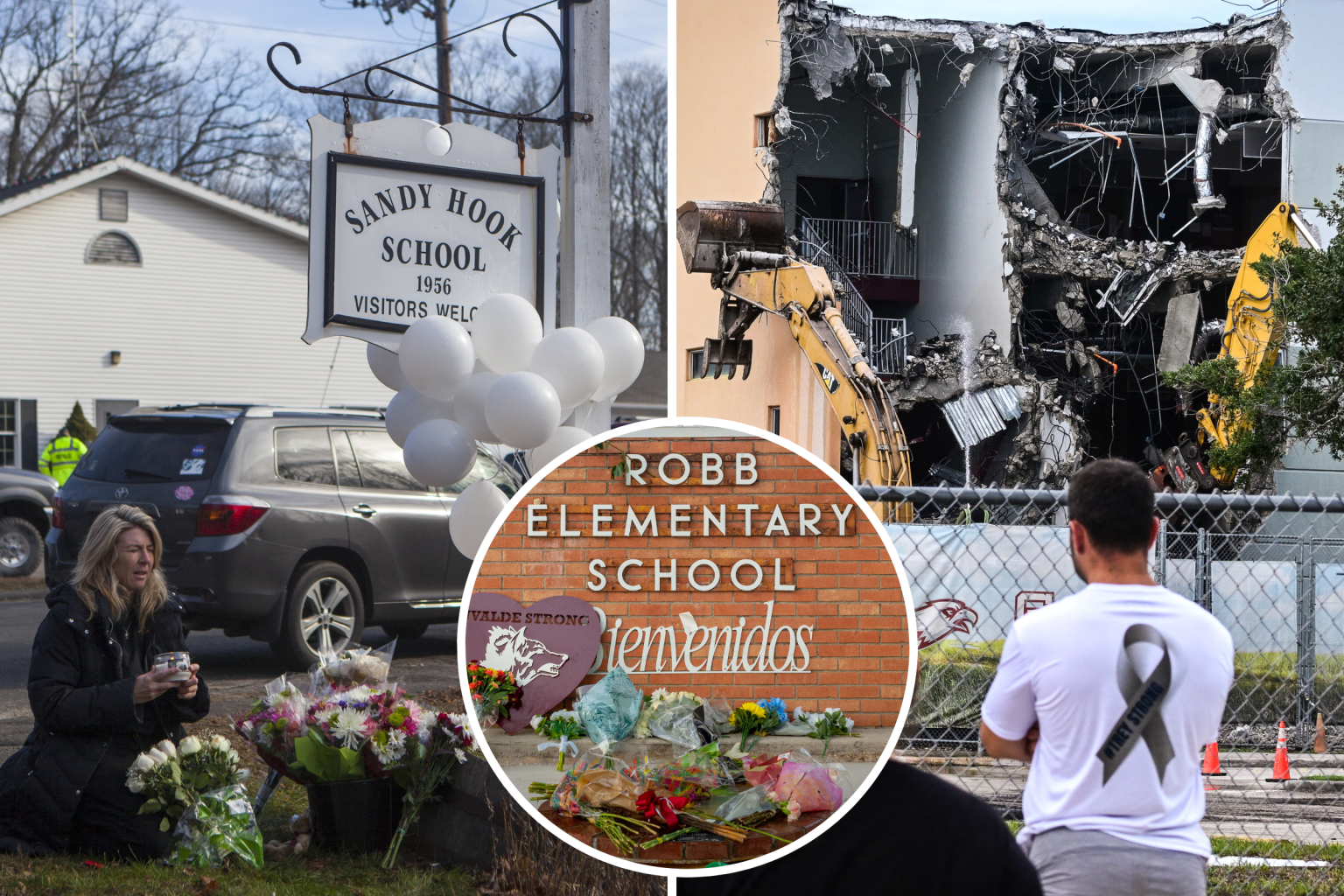The aftermath of deadly school shootings has prompted school districts across the country to grapple with the decision of what to do with the buildings where these tragedies occurred. With numerous incidents of gunfire on school grounds resulting in deaths and injuries, the impact on students, teachers, and communities is profound. Experts emphasize the importance of normalcy and routine in helping students recover from the trauma they have experienced, and stress the need for support from caring adults and professional help if necessary.
One such incident took place at Apalachee High School in Winder, Georgia, where a shooting left two students and two teachers dead. Students eventually returned to the school, resuming half-days and then full days of classes. While the district has not announced any plans to demolish the school, the hallway where the shooting occurred remains closed. Similarly, Sandy Hook Elementary School students moved to a nearby vacant school following the tragic shooting there, and the original building was later demolished to make way for a new school on the same property.
Reflecting on her experience at Michigan State University, student Saylor Reinders expressed her concerns about the university’s decision to reopen the areas where the shooting occurred too soon. She stressed the importance of listening to survivors and their needs when making such decisions. Similarly, at Robb Elementary School in Uvalde, Texas, plans to demolish the building where a mass shooting took place were met with mixed reactions from the community and families of the victims. The process of healing and recovery after such incidents can be long and challenging for all involved.
Marjory Stoneman Douglas High School in Parkland, Florida, demolished the building where a shooting resulted in the deaths of 17 people, and ideas for the site’s future include a memorial or sports field to honor the victims. Columbine High School, the site of a notorious shooting in 1999, faced similar challenges in deciding the fate of the building. After years of debate, the decision was made not to demolish the school, but measures were taken to enhance security and prevent unwanted visitors from seeking out the site for morbid reasons.
The impact of school shootings goes beyond the immediate tragedy, affecting students, teachers, families, and communities for years to come. Schools faced with such traumatic events must navigate the difficult process of rebuilding trust, providing support, and creating a safe and healing environment for all those affected. By prioritizing the needs of survivors, offering professional help as needed, and fostering a sense of normalcy, schools can begin the journey toward recovery and resilience in the wake of tragedy.


